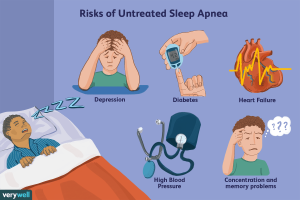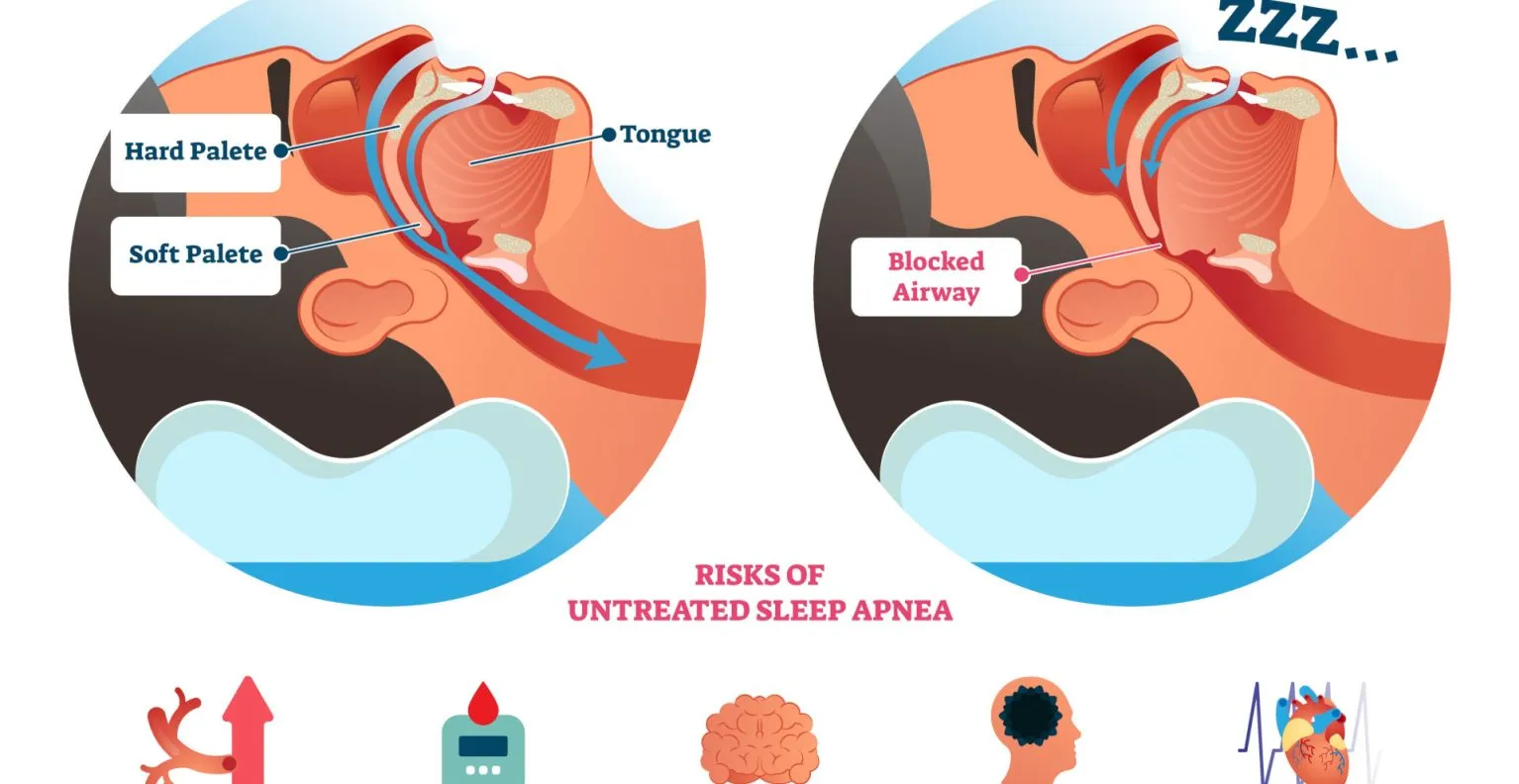Sleep Apnea Resolved with Sound Frequencies
Sleep apnea is a common sleep disorder characterized by repeated interruptions in breathing during sleep. These interruptions can last from a few seconds to minutes and may occur 30 times or more per hour. The condition can lead to decreased oxygen levels in the blood, which can have serious health implications. Muscle weakness in the tongue is the main contributor to sleep apnea.
The tongue plays a crucial role in maintaining an open airway during sleep, particularly in the context of obstructive  sleep apnea (OSA). OSA is characterized by repeated episodes of pharyngeal narrowing or complete closure during sleep, leading to disrupted breathing and frequent awakenings. The tongue’s position is vital in this process because it can either obstruct or facilitate airflow through the pharynx.
sleep apnea (OSA). OSA is characterized by repeated episodes of pharyngeal narrowing or complete closure during sleep, leading to disrupted breathing and frequent awakenings. The tongue’s position is vital in this process because it can either obstruct or facilitate airflow through the pharynx.
The muscles of the tongue are primarily controlled by the hypoglossal motor neurons, which receive signals from the brain’s preBötzinger complex. This region is responsible for generating respiratory rhythms. When we breathe, these neurons activate the tongue muscles to keep them positioned forward in the mouth, preventing them from collapsing backward into the airway. However, during sleep, especially when lying on one’s back, gravity can cause the tongue to fall back more easily, increasing the risk of airway obstruction.
Research indicates that individuals with OSA often experience reduced activation of these hypoglossal motor neurons during sleep. This reduction leads to a lack of muscle tone in the tongue and surrounding soft tissues, resulting in pharyngeal narrowing or closure. Consequently, this can lead to snoring and significant drops in blood oxygen levels due to interrupted airflow.
Other structures and hormones involved with sleep apnea include spinal vertebrae C7, Sacral S-3, Splenius capitis muslce located in the back of the neck, tyrosine which is a non-essential amino acid and much more…
There are two primary types of sleep apnea:
- Obstructive Sleep Apnea (OSA): This is the most prevalent form of sleep apnea, occurring when the muscles at the back of your throat relax excessively, causing a blockage in the airway. Factors that increase the risk for OSA include obesity, enlarged tonsils, and anatomical variations in the airway.
- Central Sleep Apnea (CSA): This type occurs when the brain fails to send proper signals to the muscles that control breathing. CSA is less common than OSA and is often associated with underlying medical conditions affecting brain function.
There is also a mixed or complex type of sleep apnea that includes features of both obstructive and central sleep apneas.
Common symptoms of sleep apnea include:
- Loud snoring
- Gasping or choking during sleep
- Excessive daytime sleepiness
- Difficulty concentrating
- Morning headaches
In children, symptoms may also include behavioral issues and poor academic performance.
Diagnosis:
Medical diagnosis typically involves:
- Medical History & Physical Examination: A doctor may assess symptoms and risk factors.
- Sleep Studies can be expensive and time consuming:
- Polysomnography (PSG): Conducted in a sleep lab to monitor breathing patterns, oxygen levels, and brain activity.
- Home Sleep Apnea Test (HSAT): A simplified test that records airflow, oxygen levels, and respiratory effort.
- The apnea/hypopnea index (AHI) is used to determine the severity of sleep apnea based on the number of apneic events per hour.
Human BioAcoustic Evaluations are non-invasive, requiring only 2 samples of your voice to make an assessment of the whole body. Through the technology of BioAcoustics, independent frequencies can be captured and recorded onto a voiceprint chart, providing us with a highly accurate indication of physical functioning which also that detects every fine point or BioMarker in the body and can find all the issues related to your muscles and hormones that are unbalanced and the root cause of Sleep Apnea.
Here’s a comparison between medical treatments and bioacoustic treatments for sleep apnea:
Key Takeaways:
- Sleep apnea is a serious but manageable condition.
- Lifestyle modifications, such as weight loss and positional therapy, play a crucial role in symptom reduction.
- Human Bioacoustics offers a promising, non-invasive method for assessing and resolving sleep apnea.
- Ongoing research and technological advancements continue to improve diagnostic and treatment options.
- Get a FREE Consultation with a member of the BioAcoustic Health & Biology Research https://bioacoustics.es/free–consultation/
Why choose BioAcoustics to Resolve Sleep Apnea?
- BioAcoustics testing takes only two minutes of your time to provide us with your voice samples.
- These voice samples can also be used to rebalance other areas of your body that might be an issue for you.
- It is a completely non-invasive tool, no breathing equipment required
- It’s more affordable than current available methods.
- Little equipment is needed, only the recommended headphones and a device like a computer, subwoofer or often a smart phone to listen to your tones.
- All playlists provided are individualised to your body and its specific needs.
BioAcoustic Sleep Apnea Research :
We have successfully been able to strengthen the tongue and surrounding muscles, as well as balance the hormones and rebalance brain frequencies to stop sleep apnea in just 4 days.
If you are interested in joining this valuable research, and please sign up and complete the intake process from the Pricing Page on this website.

